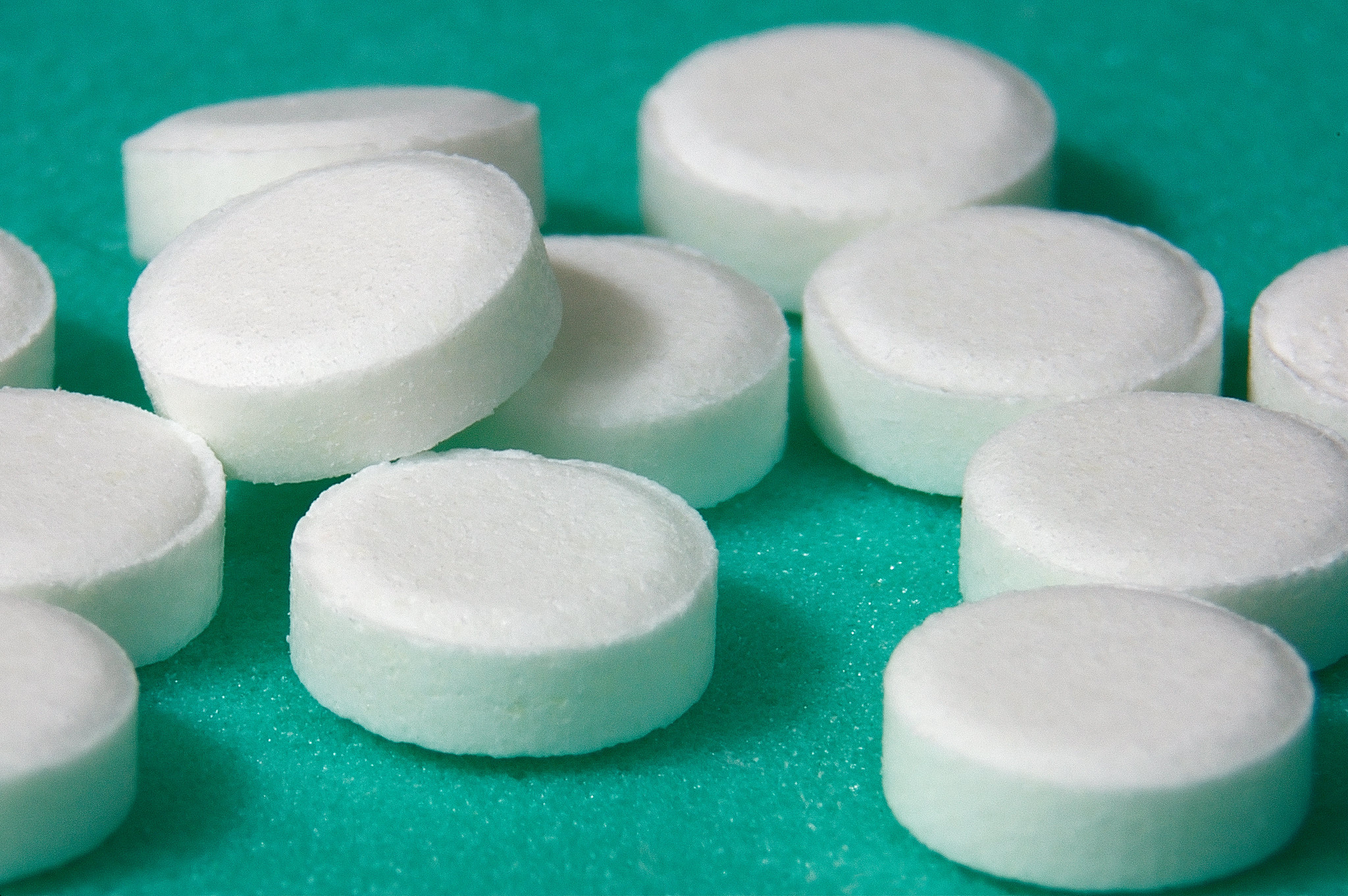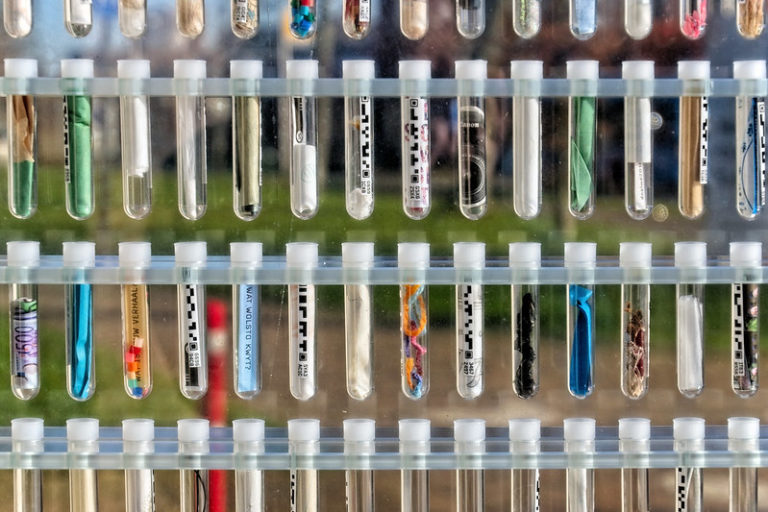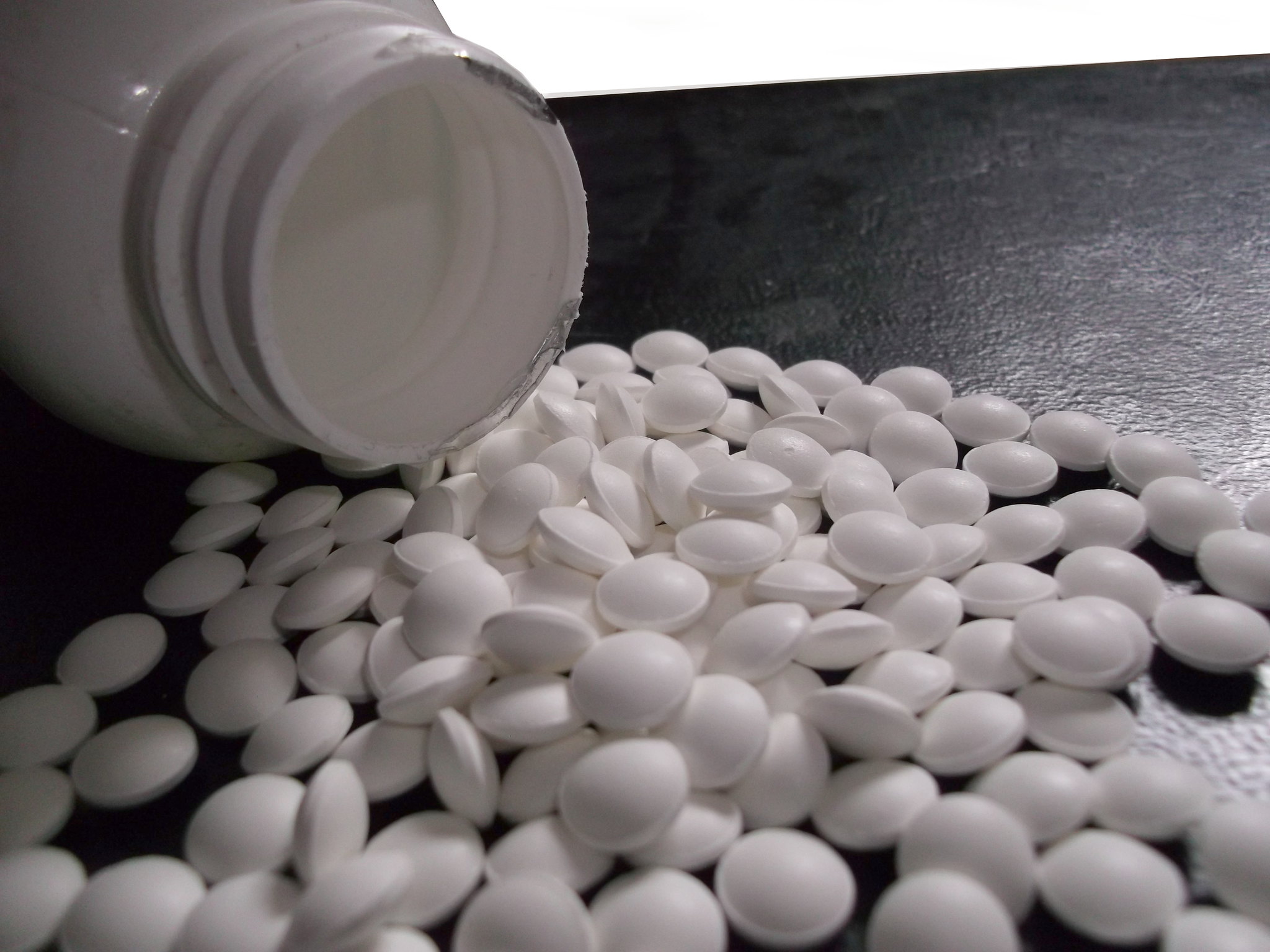News
GMOs : sweetened transparency

Inf’OGM has studied over 600 dossiers filed in the European Union for molecules (enzymes, vitamins, additives) produced by micro-organisms, whether genetically modified or not. Among these dossiers, three concern the production of molecules, attempts at synthetic copies of chemical compounds present natively in Stevia. The aim is to produce sweeteners. The three companies, Avansya, Amyris and SweetGen, use genetically modified yeast to produce these sweeteners. As we shall see, these companies’ communications are misleading.
Recently, the European Food Safety Agency (EFSA) examined three applications for the authorization of sweeteners produced by genetically modified yeast. More specifically, they concern the production of molecules called Rebaudioside (or Reb), from the steviol glycoside family. These molecules will be found in food additives (E 960) [1]. Companies not only fail to mention that their sweeteners are derived from GMOs, but use misleading vocabulary.
Synthetic molecules produced by GM micro-organisms
Avansya, a joint venture between DSM and Cargill, is promoting a « EVERSWEET™ » sweetener on its website. It writes that, at its plant in Blair (Nebraska, USA), is produced « a stevia-based, calorie-free, non-artificial sweetener » [2]. It goes on to state that « these highly sought-after sweet-tasting molecules, such as Reb M and Reb D [are] used to make EVERSWEET™, and offers food and beverage manufacturers an even more scalable, sustainable and low-cost-to-use solution than if these molecules were extracted from stevia leaf ». And therein lies the appeal of industrial production : the artificial is cheaper than extracting the natural.
Cargill’s website provides « further details » : « EverSweet®, the next generation stevia sweetener. A calorie-free sweetness inspired by nature. Our secret ? The age-old technique of fermentation – with a modern twist. Thanks to a specially designed yeast, our EverSweet® stevia sweetener delivers the same sweet taste as stevia leaf » [3].
In the case of EverSweet, these molecules appear to be produced by the genetically modified yeast Yarrowia lipolytica. The company has submitted an application for authorization (dossier EFSA-Q-2021-00356) in June 2021 for the production of several Rebaudioside molecules. In addition, Avansya states on its website that it has received authorization from the US authorities. The FDA has in fact evaluated the production of this additive from this genetically modified yeast [4]. The FDA states, « Most of the genes [inserted into yeast] are from the plant Stevia rebaudiana (but have been synthetically produced and adapted with respect to codon usage for optimal expression in yeast). […] Introduced DNA sequences are integrated into the host organism’s genome, partly at predefined loci (targeted integration), but mostly in a random fashion. As the yeast Yarrowia lipolytica is not known to harbor toxin-coding genes or other harmful sequences, random or targeted introduction of DNA sequences will not result in increased risk due to unintended pleiotropic effects ».
So to speak of « an ancestral technique » (sic) of fermentation and stevia as a non-artificial sweetener is deliberately misleading. Indeed, it borders on synthetic biology, since these genes are « adapted » for optimal expression.
Synthetic biology company Amyris, meanwhile, has submitted a dossier for the production of these molecules using another genetically modified yeast, Saccharomyces cerevisiae (dossier EFSA-Q-2021-00357). Their website states, « RealSweet™ Reb M : A natural, calorie-free sweetener – pure, long-lasting, diabetic-friendly and exceptionally sweet, sustainably derived from sugarcane and GMO-free » [5]. Or : « The key to our production is large-scale fermentation. We’ve programmed our yeasts to produce Reb-M, and our fermenters replicate the same enzymatic steps as the plant during the natural growth process ». If the yeasts are « programmed », they are GMO. On its website, the company confuses the consumer : it refers to non-GMO sugar cane (used as feed for these GMO yeasts) and specifies that the final sweetener is « non-GMO » [6]. Since the final product is not a living organism, it cannot logically be genetically modified. And, like Avansya, Amyris refers to traditional fermentation processes. It writes on its website : « The process of making Reb-M is similar to that of kombucha or beer. We ferment our sugar cane with special yeasts, which produces Reb-M, a new sweetener ».
Another route : enzymatic conversation
Finally, a third company, SweeGen, has also submitted a dossier to EFSA (EFSA-Q-2020-005208). It too mentions on its website that its sweetener, named Signature Stevia, « is GMO-free, has a pure taste, is of natural origin and is easy to label » [7]. However, to produce the various Rebaudioside molecules present in its sweetener, this company also uses a genetically modified yeast, K. phaffii. The process is a little different, however. Genetically modified yeasts produce enzymes, which act on a purified extract of Stevia leaves. The EFSA points out that « on the basis of available data, the Scientific Panel cannot exclude the possibility that a residual amount of DNA encoding the kanamycin resistance gene remains in the final product. If this gene were to spread into the microbiota due to the presence of recombinant DNA in the final product, this would be a cause for concern. Therefore, the Scientific Panel concluded that the safety of Rebaudioside D produced via this enzymatic bioconversion was not sufficiently demonstrated by the available data, given that the absence of recombinant DNA has not been demonstrated » [8].
Bio-economy of promise and misleading communication
Microorganisms to produce molecules are presented as an ecological solution, requiring no agricultural land… This obliterates the fact that these « factories » need energy, water and sugar to function. The sugar needed by these micro-organisms comes from a variety of sources, including corn, sugar beet and sugar cane. In all cases, agricultural land is diverted from its original purpose. And sugar cane is a problematic crop, both from an environmental and social point of view : deforestation, heavy pesticide use, land disputes, precarious employment, etc. In 2019, Christian Berdot wrote in our columns : “If this new bio-economy were to develop on a large scale – agrofuels, « green » chemistry, foods, etc. – the explosion in global sugar needs would therefore threaten many of the planet’s precious ecosystems and the people who live in them” [9].
On the other hand, the companies insist that steviol glycoside molecules derived from the whole plant, or produced by micro-organisms, are identical. The question of the difference between natural and synthetic molecules is vast. Some argue that the difference is due to the totum effect : natural, non-isolated molecules act in conjunction with the other molecules around them. They would therefore not act in the same way as an isolated molecule. This notion has been widely defended by phytotherapy practitioners. In the Vidal, an article gives an example of this totum effect with white willow : « when taken to relieve lower back pain, the dose of salicin (transformed into salicylic acid in the body) to be ingested is much lower than the effective dose of aspirin (acetylsalicylic acid). Yet white willow has been shown to be effective in this indication, suggesting that other substances present play a role in reducing painful symptoms » [10].
We’re in the same situation with stevia : steviol glycosides from stevia leaves comprise a large number of molecules, which interact with each other and with other stevia molecules. This is quite different from the isolated molecules (Reb) produced industrially by genetically modified organisms ; or from Reb-M, which is not present in stevia and is produced enzymatically… All these molecules are therefore not natural and their production is not sustainable.
[1] Cécile Lelasseux, Claire Garnier, Domitille Vey, Léa Girard, « Test E960a Glycosides de steviol issus de stevia », Que Choisir, July 24, 2023
[2] Avansya, Press Release, « Cargill-DSM joint venture Avansya starts commercial-scale production of EVERSWEET™ stevia sweetener, as consumers increasingly demand reduced-calorie food and beverages », November 14, 2019.
[3] Cargill, « EverSweet® next-generation stevia sweetener. Calorie-free sweetness, inspired by nature ».
[4] FDA, « Summary of data for a GRAS conclusion : Purified Steviol Glycosides (Rebaudioside M) produced by Yarrowia lipolytica », January 16, 2018.
[5] Amyris, « RealSweet™ Reb M ».
[7] SweeGen, « Signature Stevia ».
[8] EFSA, « Safety of the proposed amendment of the specifications for enzymatically produced steviol glycosides (E 960c) : Rebaudioside D produced via enzymatic bioconversion of purified stevia leaf extract », EFSA Journal, Volume20, Issue5, May 16, 2022
[9] , « Biologie de synthèse : entre promesses virtuelles et risques réels », Inf’OGM, 18 janvier 2019.
[10] Vidal, « Are phytotherapy products effective ? – Les produits de phytothérapie : une efficacité parfois démontrée », August 20, 2012.












